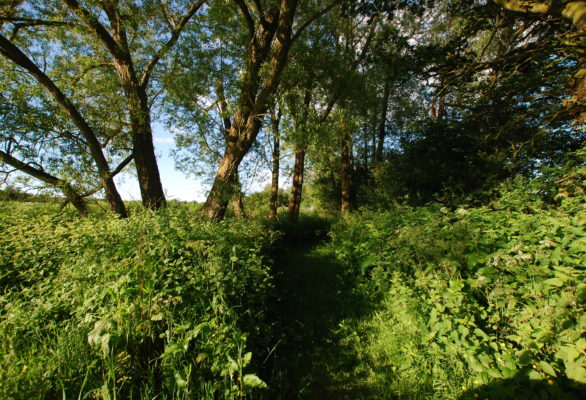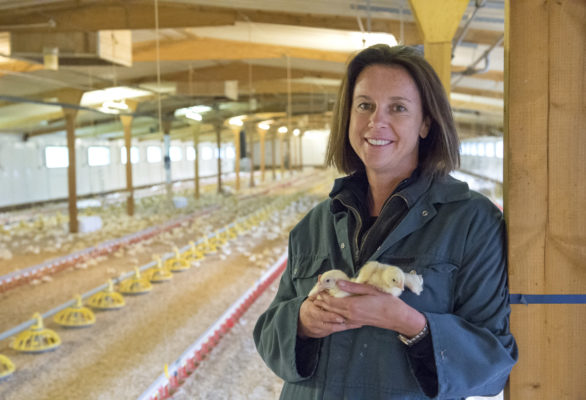Our farm is a sum of its parts and apart from the blackcurrants, apples and vineyards, we are also traditional, conventional farmers where we have a range of other enterprises that complement the fruit business. We not only grow all the fruit as mentioned, but we also have broiler chickens – that’s for meat – we produce around 5 million chickens per year, we have around 250 acres of arable or other crops on rotation sometimes including wheat, oats, barley, maize, oil seed rape, or as currently crops for the birds and bees across good farming land (read that as you will…). We rent out some grassland for grazing sheep and lamb and in the region of 150 acres of woodland which we ‘crop’ in rotation. Then there is our tourism offering which includes 6 self-catering holiday homes (recent finalists at the Visit Herefordshire tourism awards) where we can sleep nearly 70 people. We are also keen to educate which we do through our farm tours – either on e-bikes, or on foot. For other parts of the farm go to whole farm, environment, blackcurrants, apples, vineyards, other enterprises and White Heron Drinks.




